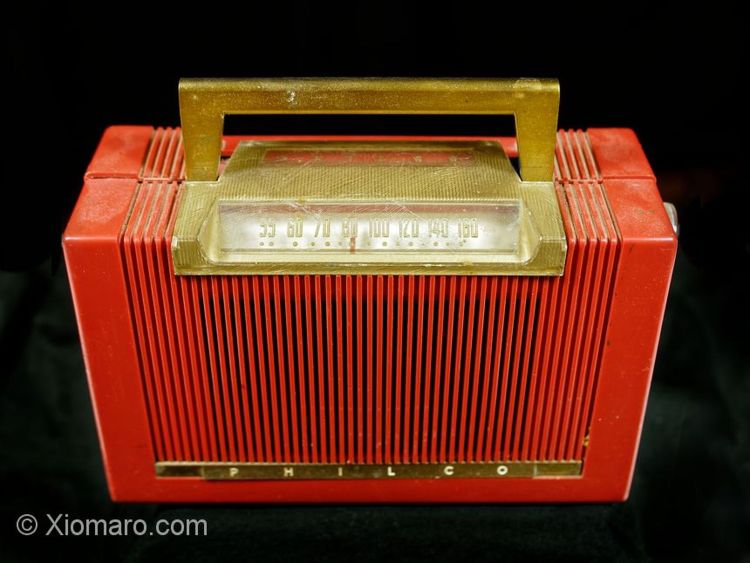For a time, my father had a small radio and television repair shop. We were living in Brooklyn, but I think his place of business was in Manhattan. In his day, working with radios and television sets was on the cutting edge of consumer technology. It’s akin to today’s programmers working on the latest apps and software.
Later on, that interest blossomed into an appreciation for these precursors to the modern-day smartphone. He started buying radios at flea markets, which was supplemented by the advent of eBay. It didn’t matter if the radios were broken. He had schematics, testing equipment, spare parts, and knew how to bring them back to life.
Eventually, he was buying more radios than he had time to repair. It didn’t matter. He liked the way they looked – their design, colors, and the materials of which they were constructed – and how they reflected the aesthetic of their eras. He also liked how his collection was a physical timeline of radios morphing from clunky wooden behemoths with tubes to handheld plastic boxes with transistors.
An ongoing project of mine is to identify, catalogue, and photograph this collection my father left behind. Of course, I am looking to create a traveling exhibition or, at a minimum, a book showcasing these rare pieces of our technological history.
The first piece I decided to photograph is this Philco AM radio (model 51-631) from 1950. It can operate on either AC current or DC current. It also has the option of being powered by two D batteries, which makes this item a portable one.
The radio measures almost 10 inches wide, a little over 6 inches tall, and over 3 inches deep. It weighs four pounds without the batteries. So, yes, portability is relative to the heavier home consoles of the time. And at 15 watts of output, it packs plenty of power to crank up the volume for your next shindig.
Click here to get a signed print of this and other photographs.
Xiomaro does not endorse the advertisements on this page.

